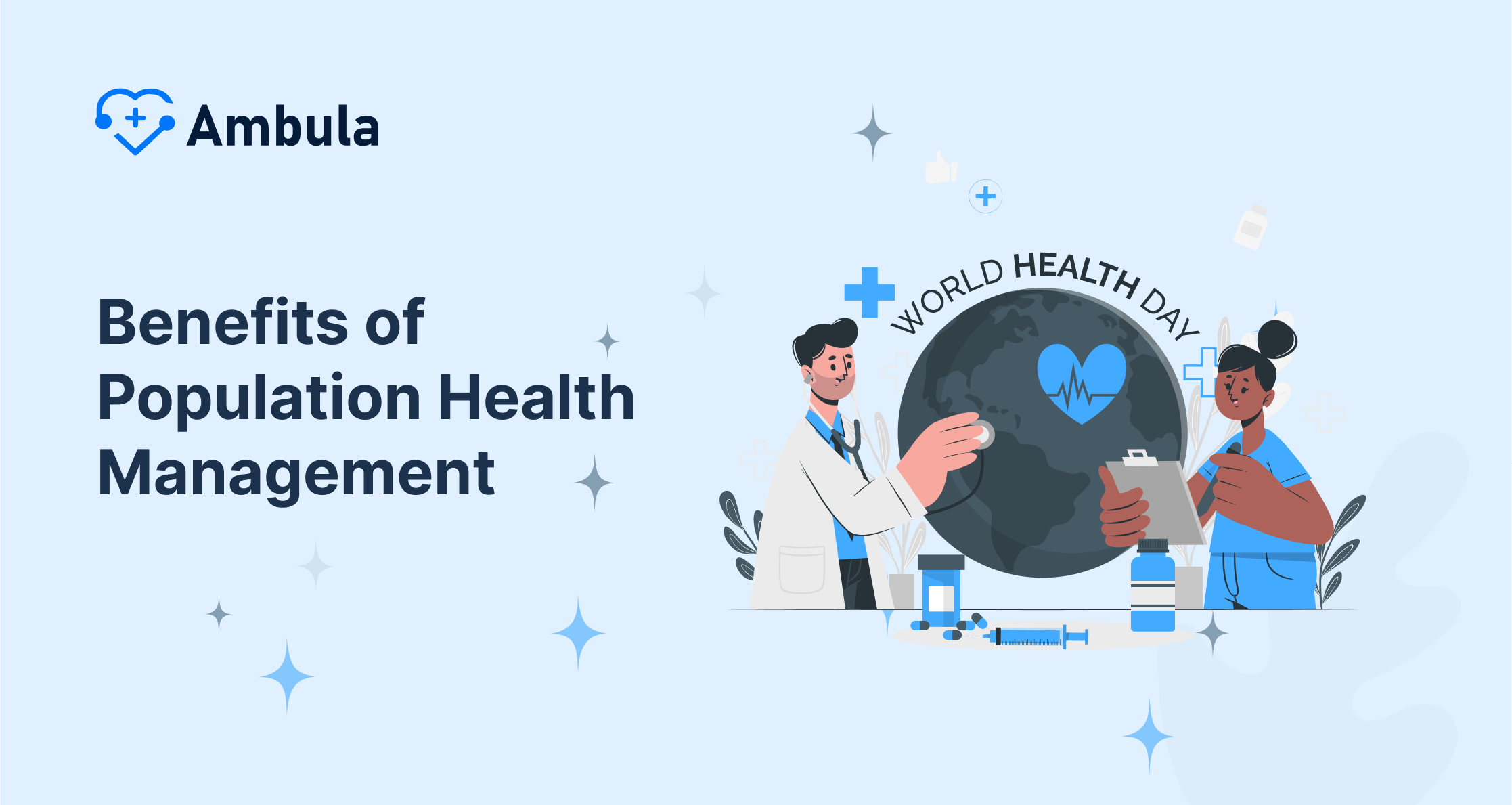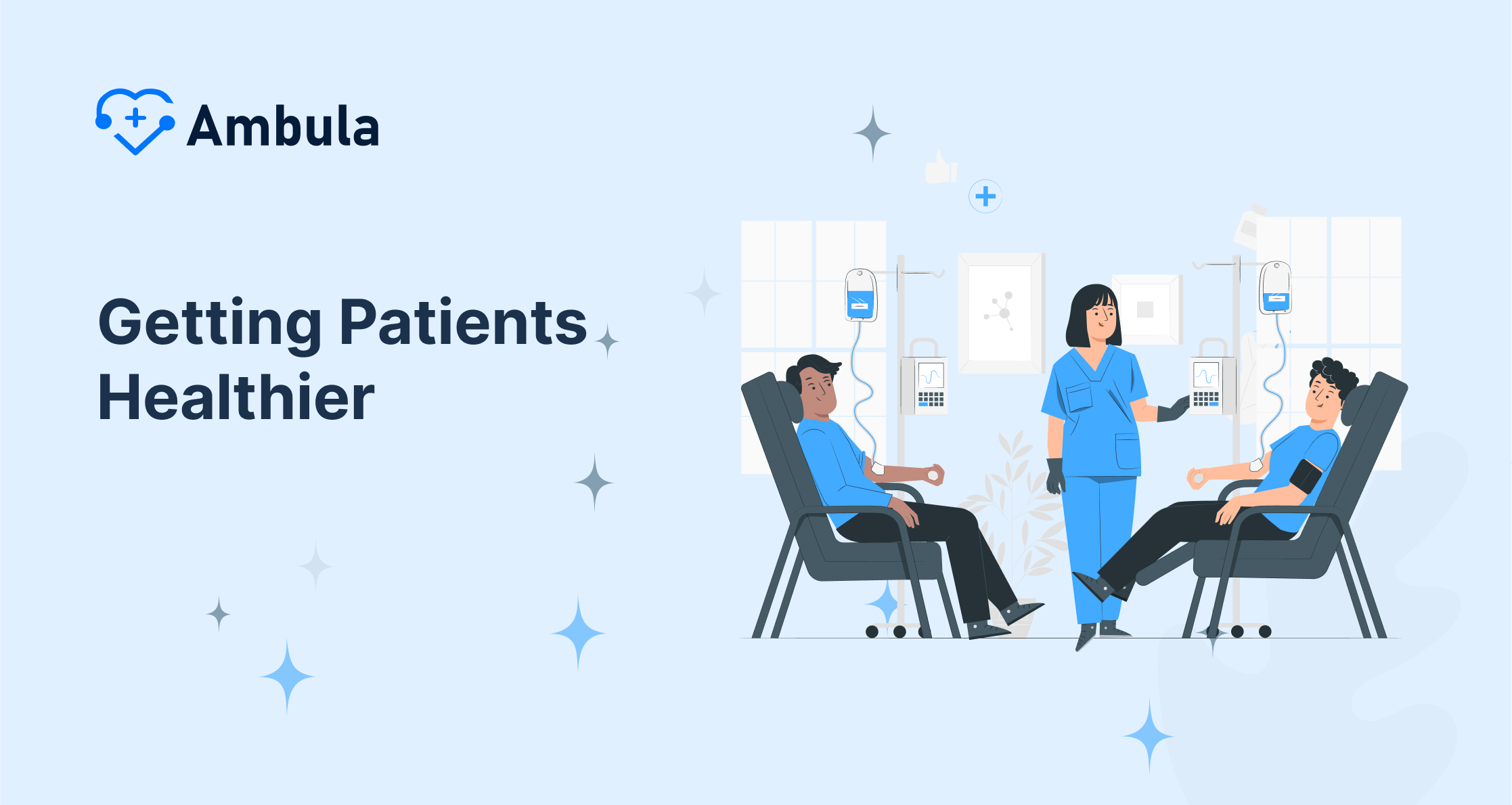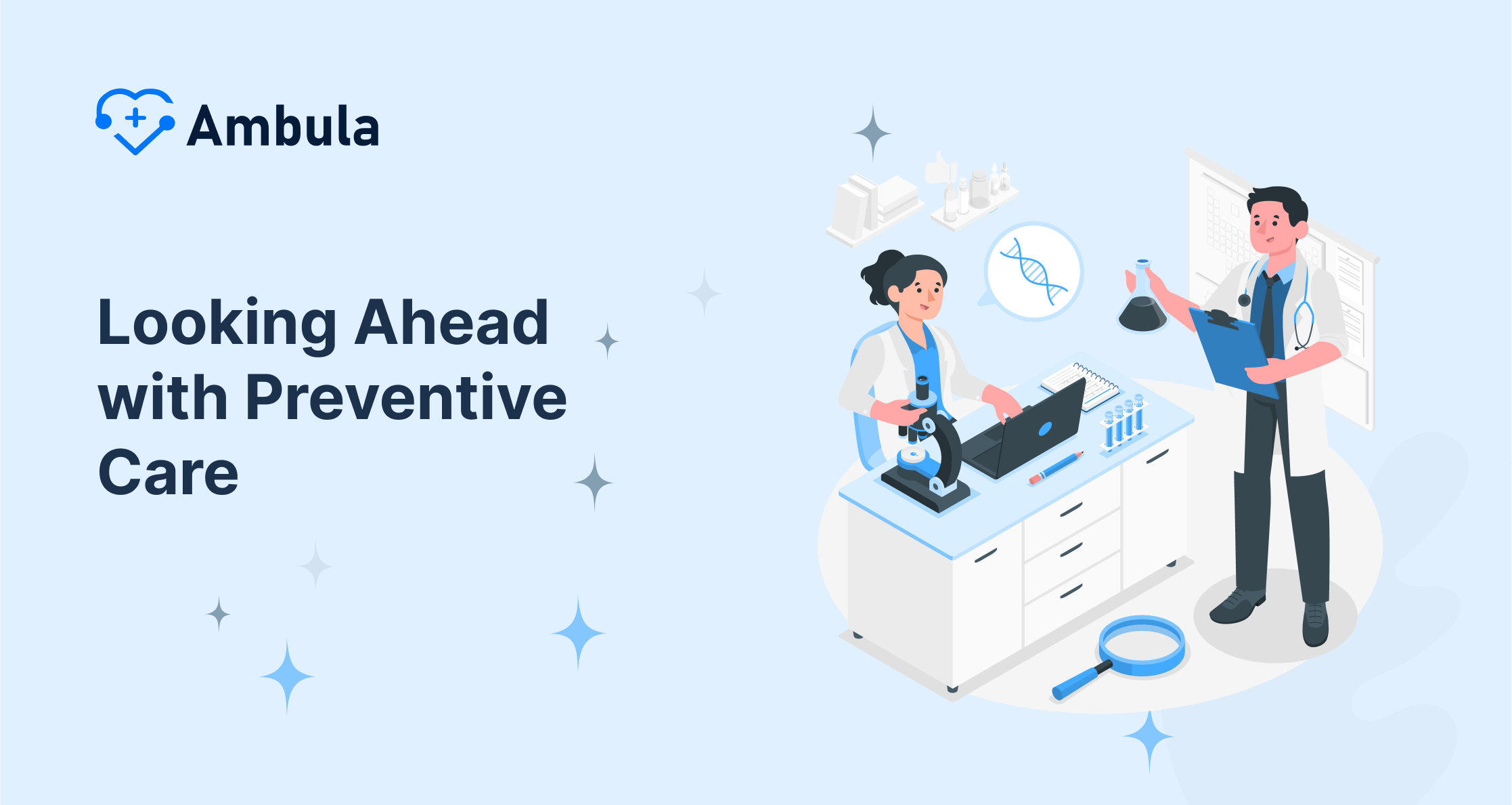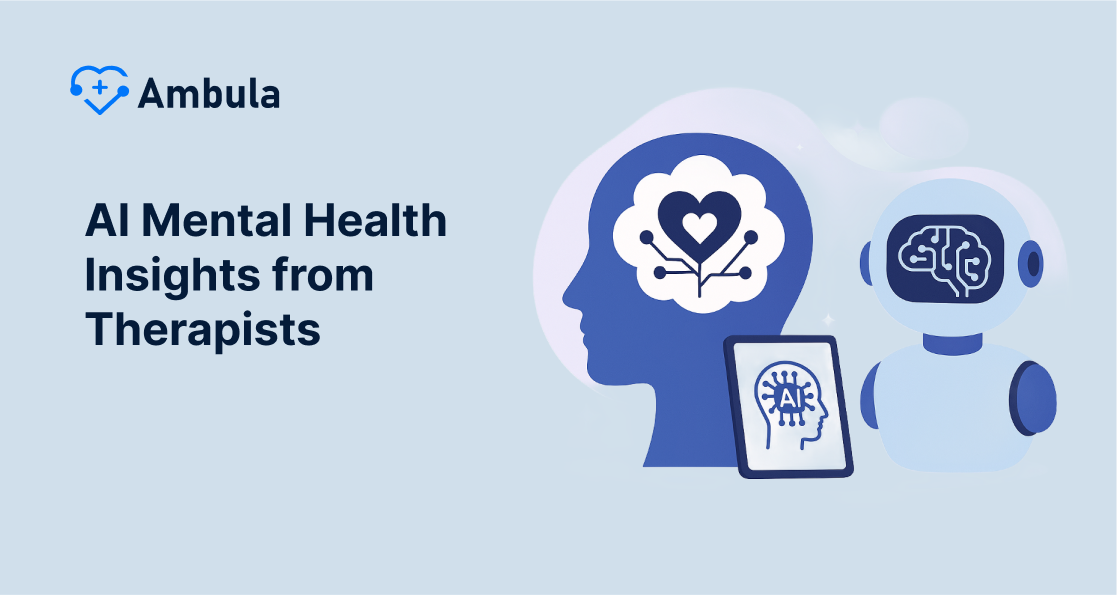The healthcare scene is changing super fast these days, and population health management is making a huge splash. Instead of just looking after one person at a time, this strategy zeroes in on bettering the health of whole bunches of folks. The perks of rolling with population health management touch everything. They’re reshaping the way health services work and how they give care to people. It’s a big switch from just curing sick folks; it’s also about stopping folks from getting sick in the first place and boosting their general health.
Healthcare providers notice awesome changes when they focus on managing populations’ health. They get to see their patients getting healthier, they organize care better, and they save a bunch of money. Plus, they get to make smart choices based on the data they collect, which means they can nail down what works best to help people. When healthcare folks take a step back and look at everyone’s health in the community, they can tackle the unfair health differences and ensure everyone gets a fair shot at being healthy. Let’s dive into why caring for whole populations is super important in today’s health world.
Getting Patients Healthier
When discussing managing population health, we see that it helps patients improve. Healthcare teams are stepping up their game by catching illnesses, monitoring long-term diseases, and advocating ways to prevent sickness before it starts. This way, they’re making a big difference in the health of their patients.
Spotting Illness Sooner
Programs focused on Population Health Management (PHM) tap into data to spot folks likely to get certain diseases. This sharp move lets doctors step in super early maybe stopping nasty sicknesses before they start getting real bad. By crunching numbers and making sense of a bunch of info, the smart people can have a way better shot at deciding how to look after patients. This tactic lets hospitals and clinics figure out which groups might get hit with particular illnesses, so they can use their resources in a smarter way.
Handling Long-term Illnesses
Healthcare systems feel the weight of long-lasting illnesses since in the US, 6 out of every 10 grown-ups deal with one. A whopping 90% of what the nation spends on health goes towards these illnesses. To tackle this issue, PHM programs take charge. They spot folks who might get sick, dig into the info about these groups, whip up strategies to bring down the danger, and give communities a nudge towards making healthier life picks.
To manage chronic illnesses well, you gotta focus on the following:
- Spotting folks who might get sick
- Getting the right info on patients
- Making plans patients can use
- Guiding folks to make better health choices
Looking Ahead with Preventive Care
PHM is really keen on preventive care because it’s super important for making folks healthier in the long run. Helping people stay well now means they’re less likely to face big health problems later. Here’s some stuff healthcare places do to prevent bad things from happening 2:
- Testing blood pressure
- Checking for diabetes
- Looking at cholesterol levels
Not only do these exams aid each person, but they also dish out crucial details on the collective well-being of folks getting care. Also, teaching the public about health is key in stopping illnesses before they start. Spreading the word about how bad smoking, drugs, and booze are, plus the perks of getting your move on, is how places taking care of health can nail the whole preventing care thing.
If health spots hook up these moves, they can big-time make things better for the sick ones, cut down the cash we gotta fork over for health stuff, and boost what’s good in towns health-wise.
Stepped-up Teamwork in Care
PHM improves care organization in healthcare places. It’s all about getting folks to talk to each other more, ensuring different care providers work together, and keeping everything connected so patients get the best help.
Integrated Care Teams
So PHM is big on getting a bunch of different experts, like doctors, nurses, and other helpers, to work on all the stuff patients might need, not just the medical bits. This gang might have people who know about finding a place to live or other support services, as well as healthcare managers. When all these smart folks team up, they can look after patients from every angle, you know?
In a few projects, they’ve set up rules to assign care duties, letting team members work to their full potential. This method uses the talents of everyone on the team and ensures patients get the best care from the most suitable expert.
Simplified Talking
To make sure care teams are all on the same page, it’s super important they talk well with each other. PHM tools are a big help. They’re part of the electronic health records stuff. What they do is kinda cool; they bring together all sorts of info, they let you see data in a smart way, and they even make pretty pictures out of the numbers. All of this is under one roof. Thanks to these gadgets, doctors get way better at spotting and helping the patients who need it.
Well-structured communication strategies are a must to pass on info to teammates across different work periods and whenever there’s a tweak in a patient’s healthcare strategy. This nails down both smooth continuation and uniformity in treatment, which is super important for how well patients get better. Research shows top-notch team chatter can cut down on nurses calling it quits.
Steady Healthcare
PHM makes sure healthcare continuity stays smooth by letting doctors watch what patients do almost right this second. They can see this stuff during the whole healthcare cycle and also in the gaps between appointments. This whole view on patient care means they can step in quickly for those patients who are more likely to get sick and also cost a lot in healthcare bucks.
Really fancy PHM tools are kinda like wizards, they whip up dashboards in no time that show how well things are going with important health numbers. Plus, they get in touch with patients when certain things are true. These messages are meant to give patients a poke to remember and follow their health plans or do good things for them.
If healthcare systems implement these tactics, they can improve their syncing of care, which could improve patient outcomes and improve resource use.
Slashing Costs and Maximizing Resources
Strategies in managing the health of populations hold much sway in slicing healthcare expenses and refining the distribution of resources. Healthcare setups can bank serious cost cuts and also pump up the health outcomes of patients when they home in on prevention and the smart use of resources.
Hospital Comebacks Take a Dip
How often patients wind up back in the hospital after they’ve been discharged tells us a lot about the caliber and the smarts of the healthcare they have. Rates of folks returning within thirty days can be traced back to some pretty shoddy stays in hospitals, rushes during checkout, or a mess of steps after folks head home. When hospitals throw a mix of tactics at the issue—think lessons on staying healthy before peacing out handy lists to check off at discharge and making sure meds match up—they see fewer patients bouncing back.
Smarter Use of Medical Resources
Being efficient in the health world means two big things. You have to be slick with how you use stuff at medical centers, and you also have to figure out how to distribute resources in a way that makes everyone healthier. When you combine these two, you get happier patients and a healthcare system that won’t go broke.
Smart folks have figured out that if you make hospitals run better, the whole health service game can continue without blowing through cash like crazy. Making hospitals work smarter is a solid plan to keep costs down and ensure that everything’s used the best way possible.
Care That’s All About Value
Doctors get rewards linked to care quality and efficiency in value-based care setups. These setups push doctors to keep an eye on prevention and the health of all folks and not heal the sick.
Live data guides choices in treatment, aiding those who pay and give healthcare to look after folks who might get sick and step in sooner. Digging into data pinpoints care missed and checks if folks got healthier. When health places use this smart thinking, they cut costs and use what they’ve got way better, and they make sure patients get top-notch treatment.
Making Choices with Data Help
Managing the health of populations leans a lot on making choices backed by data to get better health results and use resources best. This method lets health caregivers decide well after looking at all the data.
Analytics in Health for Populations
Population health analytics is all about using data to better the health of certain groups. This involves getting, studying, and making sense of different health-related information to spot trends and patterns. Healthcare pros tap into population health analytics for a goldmine of regular and on-point data. This treasure trove lets them gain sharp insights that beef up their choices.
Risk Sorting
Sorting out risks is a key move in managing the health of a bunch of people. It’s about putting patients into groups by looking at how healthy they are and stuff like that. Doing this means resources get used better, and folks in charge can jump on any health issues. , people get split into groups based on the risk they might get sick:
- Super complicated cases (these are less than 5% of peeps)
- Folks with a big chance of health problems (like 20% of everyone)
- People whose health might get worse soon
- People who are pretty healthy and not much to worry about
Layering patients into different categories helps healthcare professionals determine the right type of attention and help different kinds of sick people need.
Tailored Help
Using data helps make health plans that fit what each person needs. Docs mix info like health records, insurance stuff, and personal health factors to figure out risks for patients. They use this to make special care plans to stop health problems before they get worse.
Conclusion
Managing the health of populations shakes up today’s healthcare systems. It’s making big strides in getting patients better lining up care, and trimming the fat off costs. Docs and nurses are zeroing in on spotting sickness handling long-term illnesses, and pushing for ways to stop health problems before they start. Plus, they’re getting smart with data to make choices and figure out who’s at risk. This means they can go straight for the fix that’ll work best, use what they’ve got , and make sure everyone gets the care just right for them.
In conclusion, embracing strategies for managing the health of populations is vital for meeting the changing necessities of healthcare setups. This tactic isn’t just about saving money and making the best use of what we have – it also sets the stage for health care that anticipates needs and puts patients first. With the constant changes in healthcare, managing population health is sure to be a big player in crafting a better healthier tomorrow for everyone.
FAQs
- Why is population health management helpful?
“Population Health Management” boosts Medi-Cal addressee’s and neighborhood’s chances to grab health help and preventive care they need. It’s set on getting folks live longer, way healthier, and giddier lives, with its focus on stepping up health wins and making health levels more even. - In what ways does population health enhance the medical system?
“Population Health” goes deep into complex bits that have an influence on health levels in different crowds using sharp health fact checking. This digging is super important to pull out smart clues, keep an eye on patterns, and look at how well health plans are working. - What’s the big goal of population health?
Improving life quality sits at the forefront of population health seeking to slash illness or disability risks, halt new health issues from emerging, and ensure proper care for folks already dealing with health problems.
- What major perks does managing Population Health bring to the table?
By gathering a whole bunch of data, Population Health Management tosses us some pretty big wins. It gives a clear picture of the risk factors, how often chronic diseases pop up, how many folks are dealing with them, and any patterns. This treasure trove of info is super handy for healthcare providers to see how they stack up against the rest.







